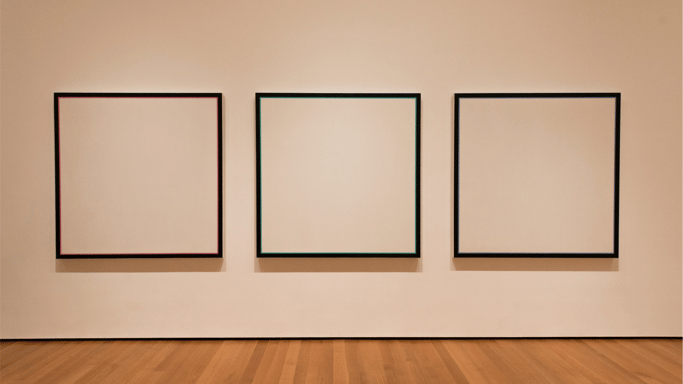
I think of all the times we are asked to share ideas, to help solve problems, to brainstorm new ideas, how many of those times do we hold ourselves back? How many of those times do we question our ideas? In a conversation with a friend, I asked her to describe a leader she really admired that was inspiring and supportive. She told me that she considered herself lucky because she did have an example for me. This leader would often sit with the team to brainstorm, and ask many questions to get her team to engage and just say whatever was on their mind. She would bring a blank canvas to a meeting and challenge her team to fill it. The idea was meant to inspire them and to challenge them to think outside of the box, but also to trust that she was listening. They would come up with the most amazing ideas that they could. The sky was the limit. And in our conversation my friend and I talked about the importance of encouraging and engaging our teams to want to share their ideas, their thoughts, to question processes and investigate possibilities. What would you do if you were given a blank canvas? How would you fill the space? What would you be willing to share? Express?
A big blank canvas can be daunting, exciting and so freeing all at the same time. But what happens if the blank canvas frightens you and rather than getting your creative juices flowing, it stops you. What if in the past your thoughts and ideas weren’t heard or considered? I think we’ve all been there at one time or another – it can be scary, it gets even scarier when your inner critic constantly reminds you of that time when your ideas weren’t that great, and it keeps telling you all of the reasons you’ll fail at this task. The inner critic can take you from “your idea isn’t good” all the way to “everyone knows more than you, it’s best to stay quiet.” Our inner critic is the one voice that can keep us from trying something new, missing an opportunity or keeping us stuck. But our inner critic is not the only voice that speaks to us, behind that louder voice is a softer voice reminding us that all things are possible, that we are capable and that we definitely deserve to try. Our inner critic is a risk avoider, and our inner ally is our supporter, reminding us that there is no failure, only a win or learn.
So how do we make sure we are listening to the right voice? How do we create a mindset shift to remind ourselves that we can only win or learn?
The first step is creating a reframe, replacing the negative thought with a positive thought. What do you want rather than what you want to avoid? Make it into a positive affirmation. Secondly, ask yourself, what is the best that can happen? What is the worst that can happen?
The fear that comes from a blank canvas is uncertainty, and once we know what can happen, best and worst, we can be as creative as we want with all of the in between. And finally, knowing both extremes, now is the time to ask yourself, If I had a magic wand and all of the resources in the world, what would I say? do? suggest? Share?
Try this for yourself when you are staring at the blank canvas, and try it on your teams to get the innovative juices flowing. Whether your team is at the office, or at home, it’s a great way to empower and engage others and create a masterpiece from a blank canvas.
